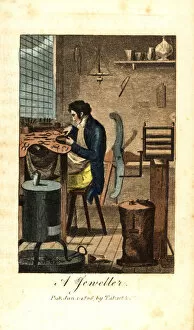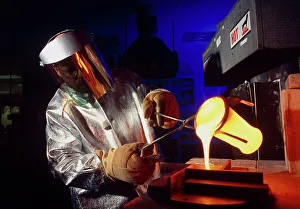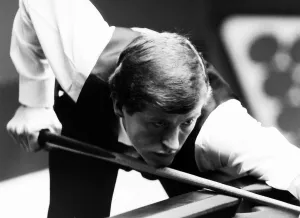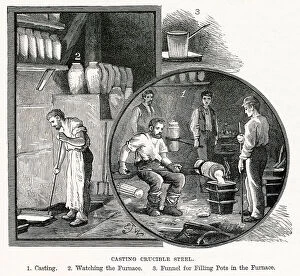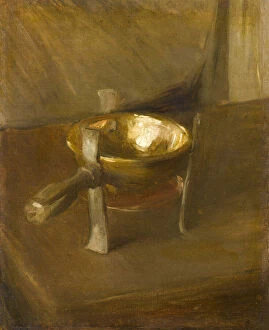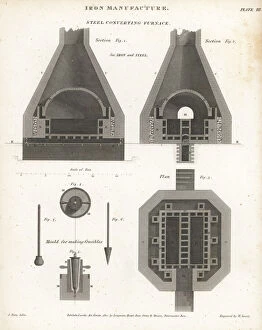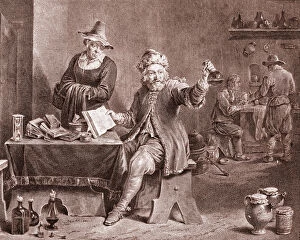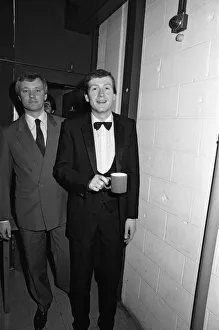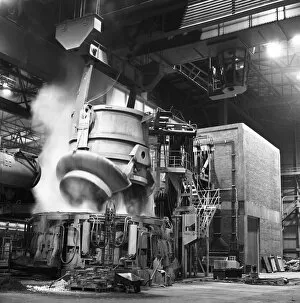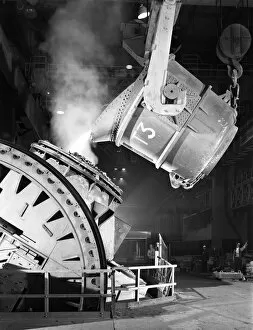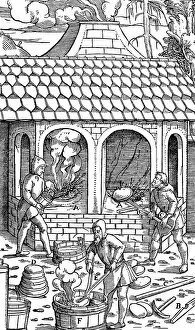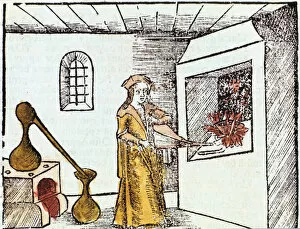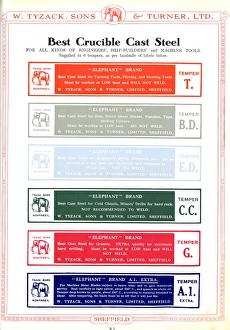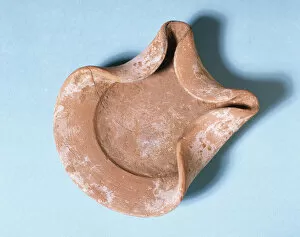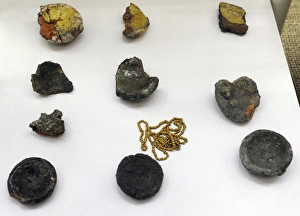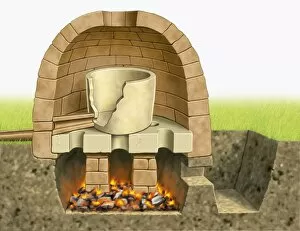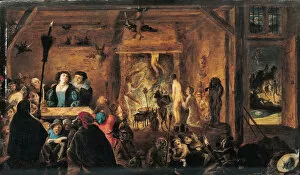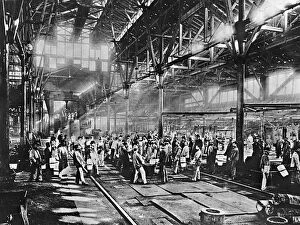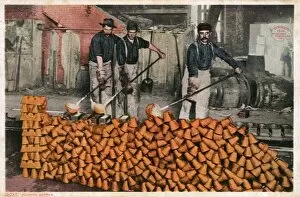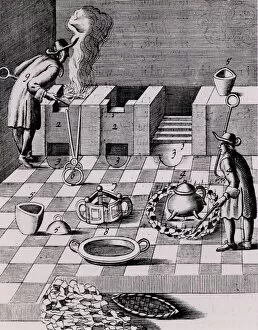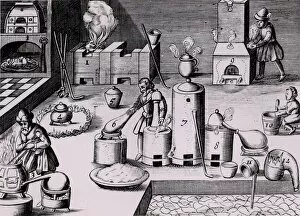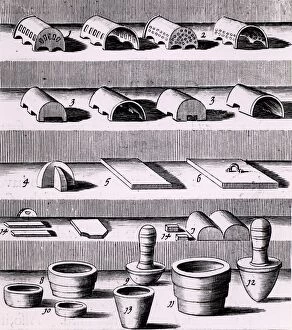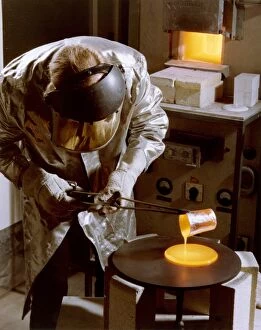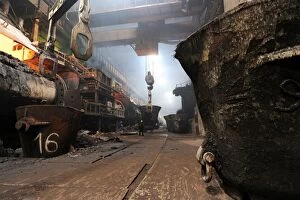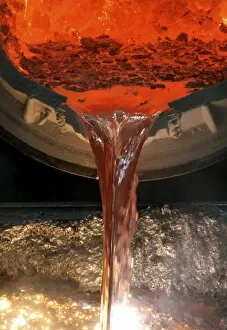Crucible Collection
"Unveiling the Artistry and Craftsmanship: The Crucible Through Time" Step into the world of a jeweler
All Professionally Made to Order for Quick Shipping
"Unveiling the Artistry and Craftsmanship: The Crucible Through Time" Step into the world of a jeweler, his hands delicately working at his bench adorned with leather covers. Every stroke of precision reveals the mastery that lies within. Meanwhile, a technician stands poised, pouring molten glass from a crucible. The intense heat dances in the air as this ancient vessel holds secrets to shaping beauty itself. Transporting us back to 1877, hot steel cascades into a cast, its fiery glow illuminating an era where craftsmanship thrived. W Tyzak, Sons, and Turner Ltd. 's Little London Works in Sheffield stand witness to this remarkable feat. The year 1858 takes us further down memory lane to Naylor, Vickers and Co's River Don Works (Millsands). Here we witness the birthplace Steel Production - an industry that would shape Yorkshire's legacy forever. Fast forward to April 22nd, 1985 - Steve Davis captivates audiences worldwide as he plays in the World Snooker Championship. A modern-day crucible where skill meets nerves of steel on green baize battlegrounds. In Cammell Laird Ltd. 's Cyclops Works on Savile Street in Attercliffe circa 1916, we delve into the manufacture steel. Teeming and melting become an art form under skilled hands dedicated to perfection. "The Test, " painted in 1882 by an unknown artist on panel captures a moment frozen in time - depicting individuals facing their own personal crucibles; trials that define character and resilience against all odds. A still life painting from around 1890 showcases another perspective - capturing the essence of tranquility amidst chaos. A crucible sits quietly amidst vibrant hues on canvas; symbolizing both creation and transformation. Witnessing history unfold before our eyes brings us face-to-face with innovation once again.

